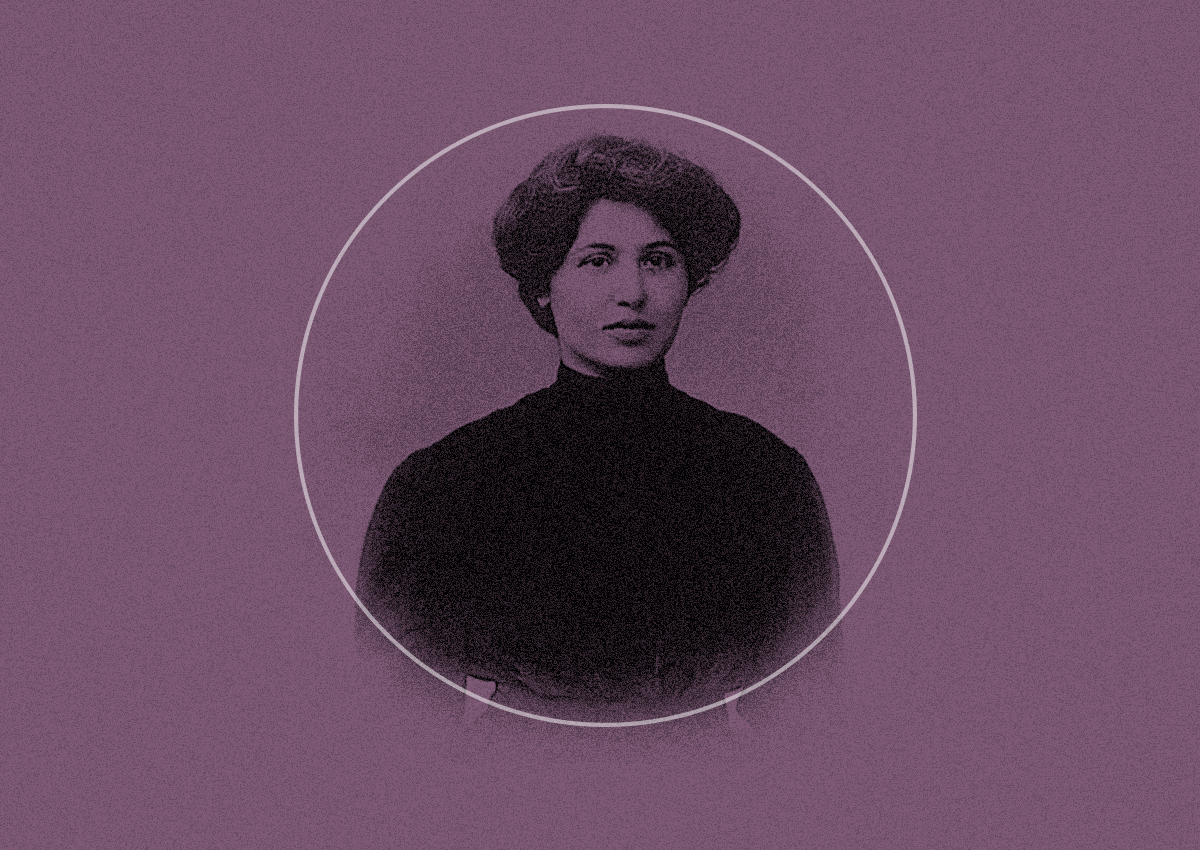
She was born Zabel Hovhannisian on the Asian side of Constantinople in 1878. Pioneering for her times, she not only received an education, but received it abroad, at the Sorbonne in Paris, where she met and married Dikran Yesayan. The family was destined to live apart for a long time, as father and daughter, Sophie, remained in France while Zabel Yesayan took along her son Hrant when she returned to Constantinople following the Young Turk Revolution in 1908.
She was commissioned by the Armenian Patriarchate to report on the Adana Massacres of 1909, which was published as Among the Ruins in 1911. Her later writings were rather revolutionary, given their nature and the condition of the author – a female, in exile.
Zabel Yesayan managed to avoid getting arrested in 1915 and escaped to Bulgaria during the Armenian Genocide. She later returned and led relief efforts for refugees and orphans in Cilicia, in Tbilisi, and in Baku. Her works around this time included the very first testimonial about the Armenian Genocide – The Death Throes of a People (1917) and a novel such as My Soul in Exile (1922).
She paid a visit to the newly-established Soviet Armenia in 1926, and was so enthused by the prospects of the resurrection of the nation, that she decided to settle there. Zabel Yesayan’s most well-known work, The Gardens of Silihdar, was written in Yerevan after she moved there with her children in 1933.
Life as an author and professor of French literature came to an abrupt end with Stalin’s Great Purge of 1936-37. Yesayan ended up in exile once more, this time to Siberia. It is believed that she died in 1943, although the circumstances of her death remain unclear. Her descendants still live in Armenia.
Zabel Yesayan did not hold a high position of esteem during her days in many Armenian circles, in part because of her progressive stance, and also because of her support for Soviet Armenia, which was opposed by many in the Diaspora. It is only in recent years that Yesayan has regained recognition as an Armenian literary figure of the 20th century.
Professor Marc Nichanian says that Among the Ruins “is the only work in the Armenian language in which an eyewitness account is turned into a literary form”. The following excerpt of what Zabel Yesayan witnessed was translated by Jennifer Manoukian:
When we first set foot in Mersine, my impression of it was very clear. It was as though we were crossing the threshold into the realm of death. People received us with unspoken sadness. They shook our hands and passed in front of us. Who knows what was so foreign about us that made them not want to talk to us? Taking refuge in their sorrow, they stood together in a group and watched us, their eyes brimming with tears.